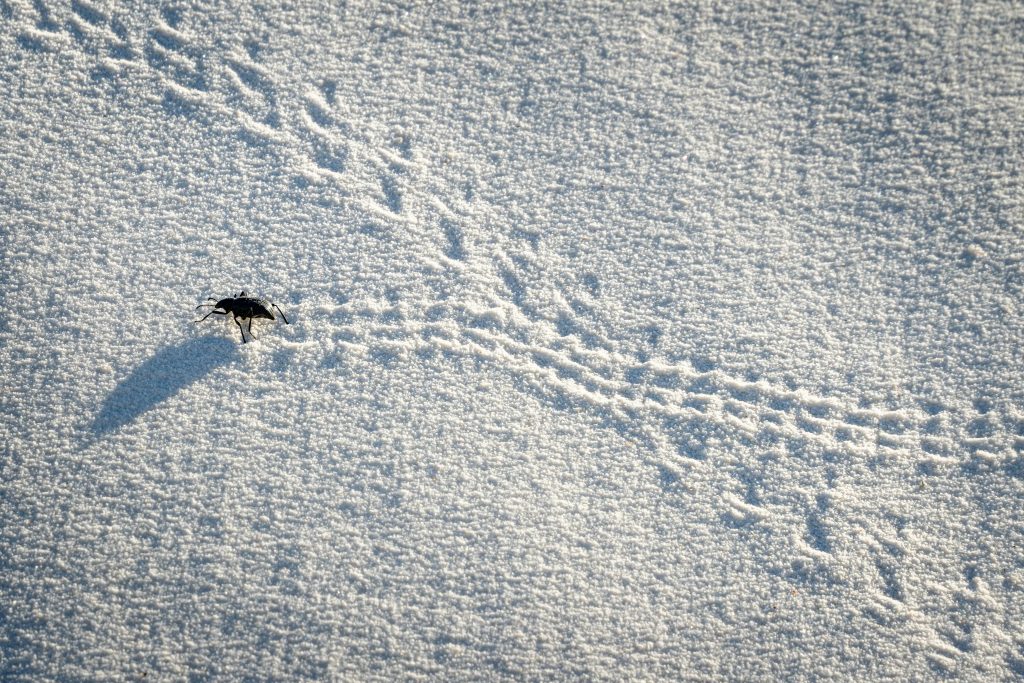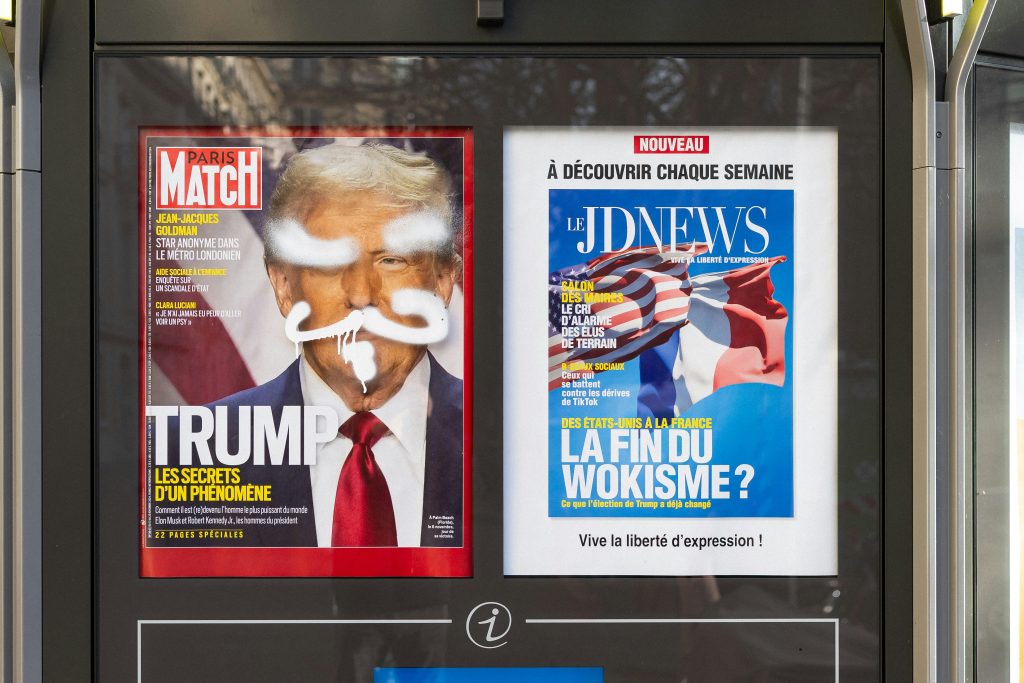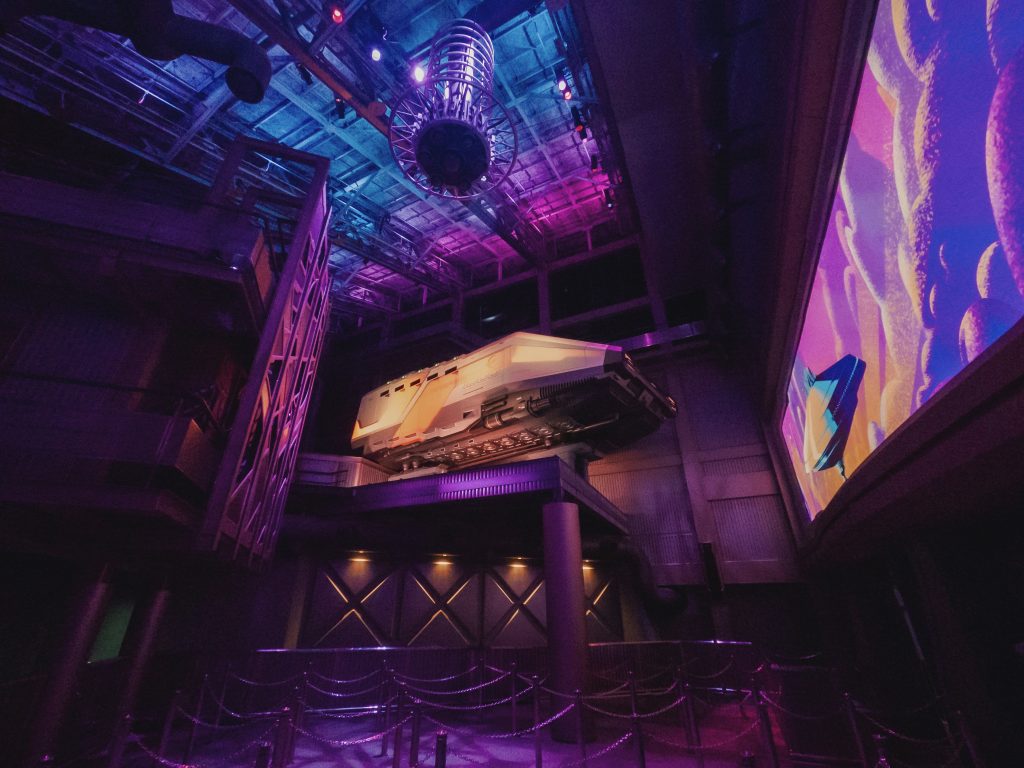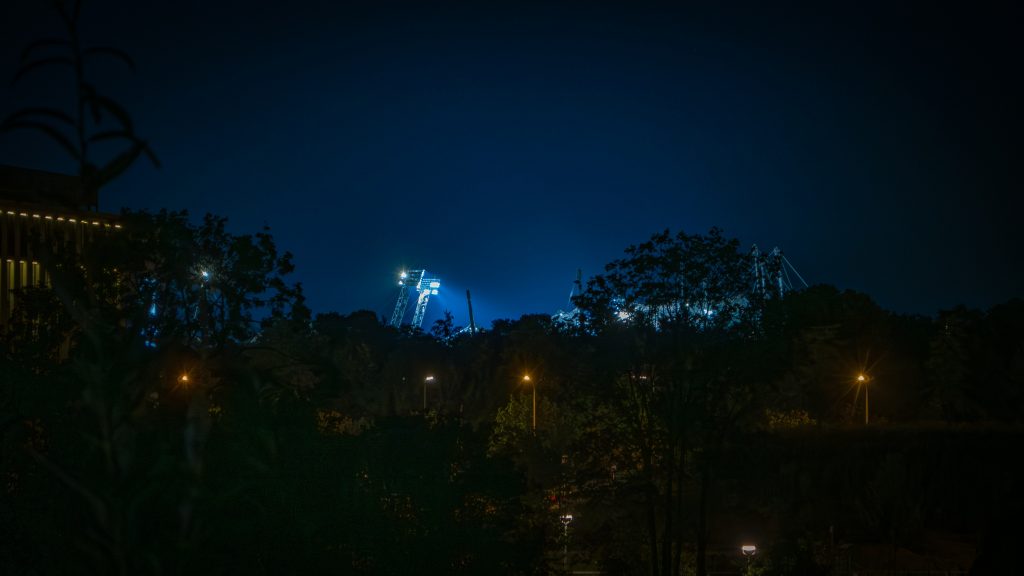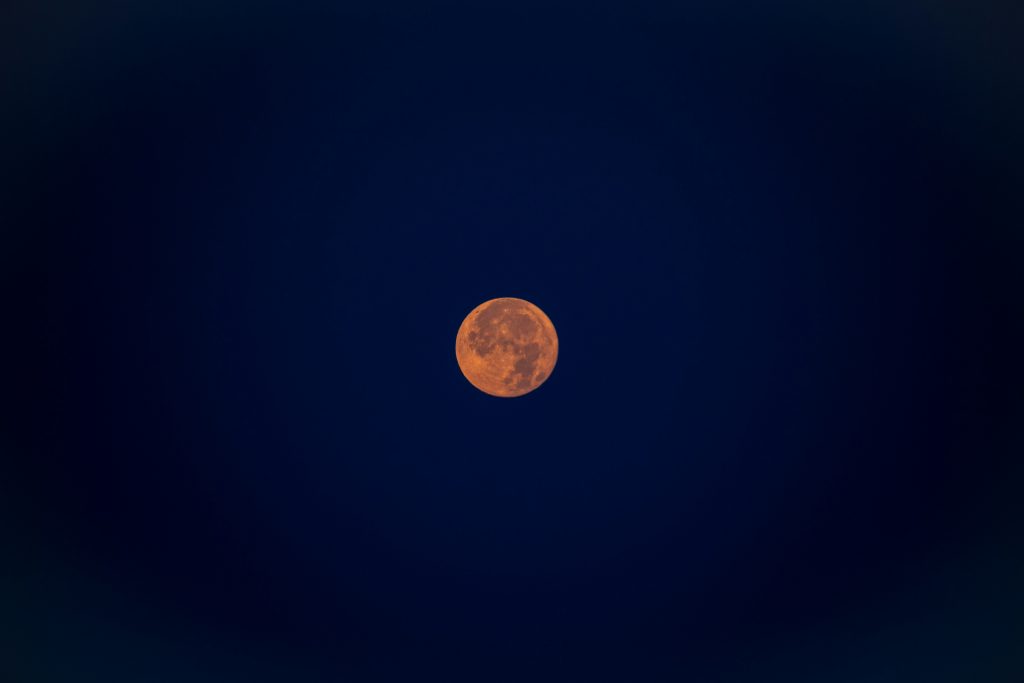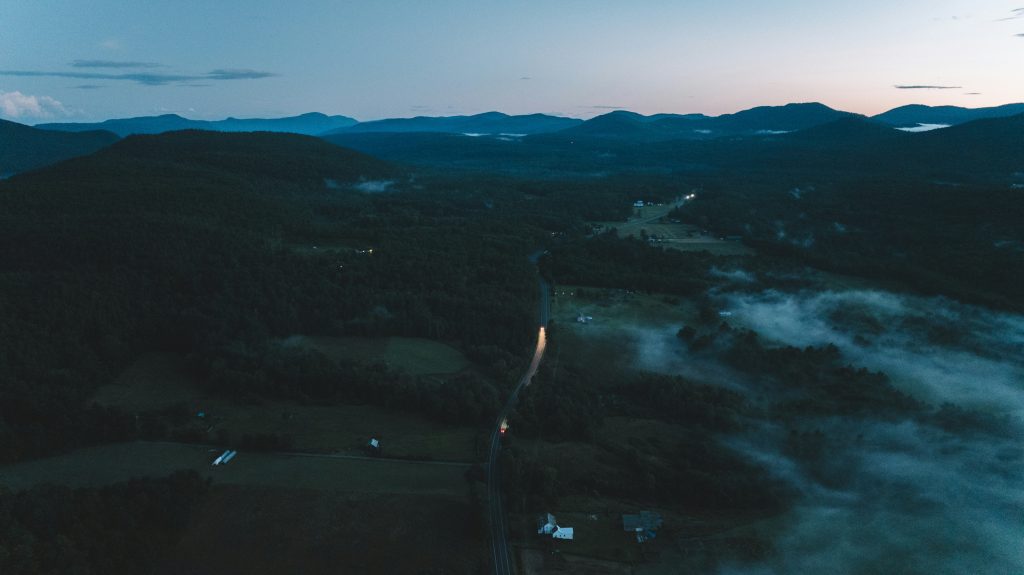火星古代適居性的新證據:隕石解析揭示火星神秘面紗
# 火星古代適居性的新證據:隕石解析揭示火星神秘面紗
## 隕石的重大发現
近期科學家在對某些隕石的研究中,發現了與古代火星環境有關的重要線索,這一發現無疑為我們了解火星是否曾經適合生命提供了新途徑。這些隕石是經過長時間的宇宙旅行後,於地球上發現的,內部的化學成分和結構讓科學家們得以重建火星的古代環境。
## 火星的神秘過去
隕石的分析結果顯示,火星表面曾經存在液態水,這是生命存在的關鍵因素之一。這些隕石中發現的礦物質和化合物,表明火星曾經擁有更為溫暖的氣候,甚至可能有過適合微生物生存的環境。這些結果不僅加強了我們對火星過去的認識,也為未來火星探測任務提供了堅實的數據支持。
## 太空探索的新契機
隨著火星探測任務的深入,環繞火星的太空船隊已經收集到大量的觀測數據,這些數據與隕石的發現相輔相成,使得科學家們能夠更好地理解火星的演變過程。這些資料的結合將有助於我們解開火星的歷史之謎,並進一步探索其是否曾經適合生命存在的問題。
## 科學界的熱烈反響
這一發現引起了科學界的廣泛關注,許多專家表示,隕石的分析結果可能改變我們對火星的認知。隕石中所包含的隱藏信息,不僅能夠幫助我們理解火星的地質特徵,還能讓我們推測火星在古代的氣候變化。這些信息的價值不僅限於火星,還可能對其他行星的研究提供參考。
## 期待未來的探測
隨著技術的進步,未來的火星探測任務將會變得更加精確和高效。科學家們期待著能夠在火星上發現更多的隕石,這將有助於進一步解開火星的歷史和演化過程。對於人類未來是否能在火星上生存,這些研究成果將是至關重要的。
## 小結
總的來說,隕石的研究為我們揭示了火星的古代環境和可能的生命跡象。隨著科研的深入,我們對於火星的探索將愈加精彩,未來或許能找到更多的答案,解開這顆紅色星球的神秘面紗。
—
這項研究不僅令我們對火星的認識更加深入,也為人類未來的太空探索提供了新的希望。隨著更多火星探測任務的展開,或許我們能在不久的將來,找到火星上曾經存在生命的證據。
Tags: 古代環境, 太空探索, 火星, 隕石
SpaceX星艦第六次試飛成功,馬斯克與特朗普同場觀摩
在全球矚目的目光下,SpaceX於近日成功進行了其重型運載火箭「星艦」(Starship)的第六次試飛。這次的試飛不僅是技術上的一次突破,還吸引了美國當選總統特朗普的親自到場觀摩,為事件增添了不少話題性。
此次試飛於11月19日進行,雖然整體流程相當流暢,但火箭的第一級助推器並未如預期般成功返回發射塔進行回收,而是墜落在墨西哥附近的海域。這一結果讓不少科技迷和航天愛好者感到遺憾,但馬斯克和其團隊的創新精神卻讓人讚賞不已。
更具趣味性的是,SpaceX在此次試飛中使用了一隻人造香蕉作為無重力指標,這一創意引來了不少網友的熱議,馬斯克甚至在其官網上推出了相關的人造香蕉產品,讓人感受到科技與幽默的結合。
此外,NASA近期也宣布將延伸與SpaceX及Blue Origin的合約,計劃在現有框架下開發月球的重型貨運服務,這無疑為SpaceX的未來發展注入了一針強心劑。
隨著太空探索的熱潮持續升溫,SpaceX的每一次進步都讓人期待未來更多的可能性。無論是馬斯克的創新思維,還是特朗普的關注,都讓這次的試飛成為科技界的一大盛事。未來,隨著技術的不斷成熟,SpaceX將可能在太空探索和運輸領域佔據更重要的地位。
Tags: NASA, SpaceX, 太空探索, 星艦, 特朗普, 馬斯克
SpaceX星艦再度點火試射,特朗普親臨現場見證太空探索新進展
在太空探索的浪潮中,SpaceX的星艦(Starship)計劃再度引起全球的關注。美國候任總統日前親自前往德克薩斯州,參與這個極具意義的火箭升空活動,顯示出他對太空探索的重視,以及與SpaceX創辦人之間日益增強的合作關係。
此次試射的星艦系統,包含了高達122公尺的Super Heavy推進器和Starship太空船,預定進行約一小時的環繞地球飛行。這一系列的試驗不僅是技術上的挑戰,更是對人類未來太空旅行的探索與實現。SpaceX在過去幾年中不斷推進其太空計劃,無論是在運載能力、發射頻率還是成本控制上,都取得了顯著的進步。
然而,這次升空並非一帆風順。根據報導,星艦在升空約四分鐘後因不明原因放棄任務,這引發了業界對技術穩定性的關注。儘管如此,SpaceX的工程團隊對於未來的改進與調整充滿信心,並表示會持續努力以實現更高的太空探索目標。
特朗普的到訪不僅讓這一事件更加引人注目,也為SpaceX帶來了更大的媒體聚焦。特朗普在其競選期間曾多次表達對於太空探索的支持,並且與馬斯克的密切關係被視為他政策的一部分。這一合作的背後,反映出美國在太空競爭中的戰略考量,尤其是在全球太空探索日益激烈的背景下。
SpaceX的成功不僅體現在技術上,更在於其對市場的影響力和對未來太空經濟的前瞻性預測。隨著星艦計劃的推進,許多業內專家認為,SpaceX將成為人類探索火星及其他星體的重要推手。這不僅是科技的進步,也是人類邁向星際旅行的重要一步。
未來,SpaceX將繼續進行多項試驗,計劃在不久的將來實現載人航天任務。這些發展不僅會重塑全球太空產業的格局,也將為科學研究與人類的長遠發展帶來新的可能性。
Tags: SpaceX, 太空探索, 星艦, 火箭發射, 特朗普
神舟十九號成功發射,六名航天員共同探索太空
2024年10月30日,神舟十九號載人飛船在酒泉衛星發射中心成功發射,標誌著中國航天事業的一次重大進展。此飛船搭載了三名航天員——蔡旭哲、宋令東及王浩澤,他們將與已在軌的神舟十八號航天員共同進行為期約五天的太空任務。隨著神舟十九號的成功入軌,航天員們在空間站的生活和工作將進一步展現中國在航天領域的實力。
此次任務是由長征二號F遙十九運載火箭承擔,發射時間為凌晨4時27分。神舟十九號飛船在發射後不久便成功對接於空間站的天和核心艙,這一過程顯示出中國在空間站建設和運行方面逐步成熟的技術能力。
神舟十九號的發射不僅是技術上的一次成功,更是中國航天人在探索宇宙方面的又一里程碑。這次任務的圓滿完成,將進一步推動國際間的太空合作以及科學研究,為人類的太空探索提供新的數據和經驗。
在發射前的出征儀式上,參與這次任務的航天員們信心滿滿,彰顯了中國航天工作者的專業精神與團隊合作的重要性。此次發射的成功,離不開全體航天工作人員的辛勤努力與奉獻,充分展現了他們在航天技術研發、發射運行及後勤保障等方面的精湛技術和專業素養。
隨著六名航天員在空間站的共同工作和生活,未來幾天將進行一系列科學實驗和技術驗證,這些任務不僅會加深對太空環境的理解,也將為中國持續發展的航天事業提供寶貴的數據支持。
展望未來,中國的航天計劃將繼續朝著更高的目標邁進,航天員們的每一次任務都是對人類未知領域的探索,也是對科學技術的挑戰和突破。人們期待著神舟十九號的航天員能夠帶回更多的成功故事,為中國乃至全人類的航天夢想貢獻力量。
Tags: 太空探索, 神舟十九號, 航天員, 載人飛船, 長征二號F
Boeing’s Starliner Capsule Concludes Historic Mission Amidst NASA’s Next Steps
In a significant development for space exploration, Boeing’s Starliner capsule, having completed its inaugural crewed test flight, successfully returned from the International Space Station (ISS) on Saturday. The mission, which began on June 5, saw the Starliner carry two experienced NASA astronauts, marking a pivotal moment in the ongoing collaboration between Boeing and NASA. The return of the Starliner comes after a nearly three-month stay in orbit, during which it demonstrated critical capabilities necessary for future missions.
As the capsule undocked from the ISS, a series of springs propelled it away, initiating the final phase of its journey back to Earth. The spacecraft’s descent was closely monitored, with Boeing expressing confidence in the Starliner’s landing capabilities in New Mexico, despite NASA’s cautious stance regarding the craft’s reliability for crew transportation. The significance of this mission cannot be understated, as it not only represents a technical achievement for Boeing but also crucially tests the spacecraft’s systems under real operational conditions.
NASA has outlined plans for three additional operational Starliner missions, although decisions regarding further commitments remain pending. This uncertainty reflects the broader challenges faced by Boeing in the development and deployment of its spacecraft, as it seeks to regain trust following earlier setbacks.
The successful return of Starliner is a promising step forward, suggesting that the spacecraft can play a vital role in NASA’s future missions to the ISS and beyond. As the agency prepares to chart its course for upcoming explorations, the fate of the Starliner program may hinge on the results of ongoing evaluations and the performance of the capsule in subsequent missions. With the potential for more crewed missions on the horizon, the space community watches closely, hopeful for the next chapter in this ambitious endeavor.
Tags: Boeing, NASA, Space Travel, Starliner, Starliner return
NASA Turns to SpaceX as Boeing’s Space Capsule Delays Astronauts’ Return from ISS
In a surprising twist in the ongoing saga of space exploration, NASA has announced that it will employ SpaceX’s Dragon capsule to bring home two astronauts who have been stuck aboard the International Space Station (ISS) since early June. Sunita Williams and Barry Wilmore were initially expected to complete an eight-day mission; however, complications with Boeing’s new spacecraft have led to an unexpected extension of their stay in orbit, now projected to last until February 2025.
The decision comes amidst growing concerns regarding the safety and reliability of Boeing’s spacecraft, which has faced significant setbacks during its development. NASA’s risk assessment indicated that the potential hazards involved in utilizing the troubled capsule for the astronauts’ return were deemed too high. This has sparked a wave of scrutiny regarding Boeing’s capabilities in the competitive landscape of space travel.
Since June 6, Williams and Wilmore have been conducting scientific experiments and maintaining the ISS, but the prolonged absence from Earth has raised questions about the impact on their physical and mental health. NASA’s intervention to secure a SpaceX return underscores the urgency of their situation and the agency’s commitment to ensuring the safety of its personnel.
The reliance on SpaceX, which has rapidly advanced in the realm of commercial spaceflight, highlights the shifting dynamics within the aerospace sector. Boeing, once a dominant player, now finds itself in a precarious position as it grapples with technical challenges and the consequences of delays. Employees from Boeing have expressed feelings of humiliation and disappointment following the decision, as the company’s reputation is put to the test amid fierce competition.
As the situation unfolds, it raises critical questions about the future of manned space missions, the reliability of commercial partners, and the overarching goals of NASA’s Artemis program. With the aim to return humans to the Moon and eventually Mars, ensuring the safety of astronauts is paramount. The reliance on SpaceX may pave the way for a new era of collaboration between private companies and government agencies, but it also puts pressure on Boeing to rectify its shortcomings.
The astronauts’ journey continues to be closely monitored, and NASA is working diligently to ensure that the eventual return home is safe and efficient. As they wait for their ride back, Williams and Wilmore remain committed to their work aboard the ISS, contributing to humanity’s understanding of life in space.
Tags: Astronauts, Astronauts stuck in Space, Boeing, International Space Station, NASA, SpaceX
NASA Turns to SpaceX as Astronauts Await Return from Space
In an unprecedented turn of events, NASA has announced its decision to rely on SpaceX to bring two astronauts back to Earth after they have been stranded aboard the International Space Station (ISS) since early June. Originally intended for a brief eight-day mission, the astronauts, who have been living and working in microgravity, will face an extended stay in space that could last until February 2025.
The astronauts, who have been dubbed pioneers in this extended mission, are now in a situation that underscores the significant challenges of space travel. Sunita Williams and Barry Wilmore were expected to return home much earlier, but a series of complications with Boeing’s new spacecraft have led to a delay that is raising concerns among experts and the public alike. The decision to send them home on a SpaceX Dragon capsule is a significant shift in NASA’s strategy, reflecting ongoing issues with Boeing’s CST-100 Starliner, which has faced multiple delays and technical problems.
NASA’s announcement highlights the importance of having multiple partners in the private sector to ensure the safety and success of missions to low Earth orbit. The agency’s decision not to use the troubled Boeing capsule for the return journey emphasizes its commitment to astronaut safety, opting instead for the proven reliability of SpaceX’s technology. This move not only reflects NASA’s adaptability but also signals a growing reliance on commercial spaceflight solutions to fulfill its human spaceflight objectives.
The astronauts are currently conducting scientific experiments and maintaining the ISS, contributing valuable data that will benefit future missions, including those targeting Mars exploration. However, the psychological and physical challenges of an extended stay in space are considerable. As they await their return, they must also manage the rigors of prolonged microgravity, which can have lasting effects on the human body.
This incident also raises questions about the future of space partnerships and the balance between government contracts and private enterprise. As NASA looks to the future, it must navigate the complexities of these relationships while ensuring that its astronauts are not put at risk.
As the countdown to their eventual return begins, the space community watches closely, eager to learn from this experience and improve upon the existing technologies and operational protocols. The collaboration between NASA and SpaceX may set a precedent for future missions and highlight the importance of reliable space transportation systems.
In conclusion, the journey of Williams and Wilmore serves as a reminder of the unpredictability of space exploration and the need for robust contingency plans. As they prepare for their eventual homecoming, their story will undoubtedly inspire future generations to reach for the stars, illustrating the triumphs and trials of human endeavor in the vastness of space. The partnership between NASA and commercial spaceflight companies like SpaceX is a pivotal step towards a sustainable future in space exploration, ensuring that no astronaut is left behind and that the quest for knowledge continues unabated.
Tags: Astronauts, Astronauts stuck in Space, Boeing, International Space Station, NASA, SpaceX

